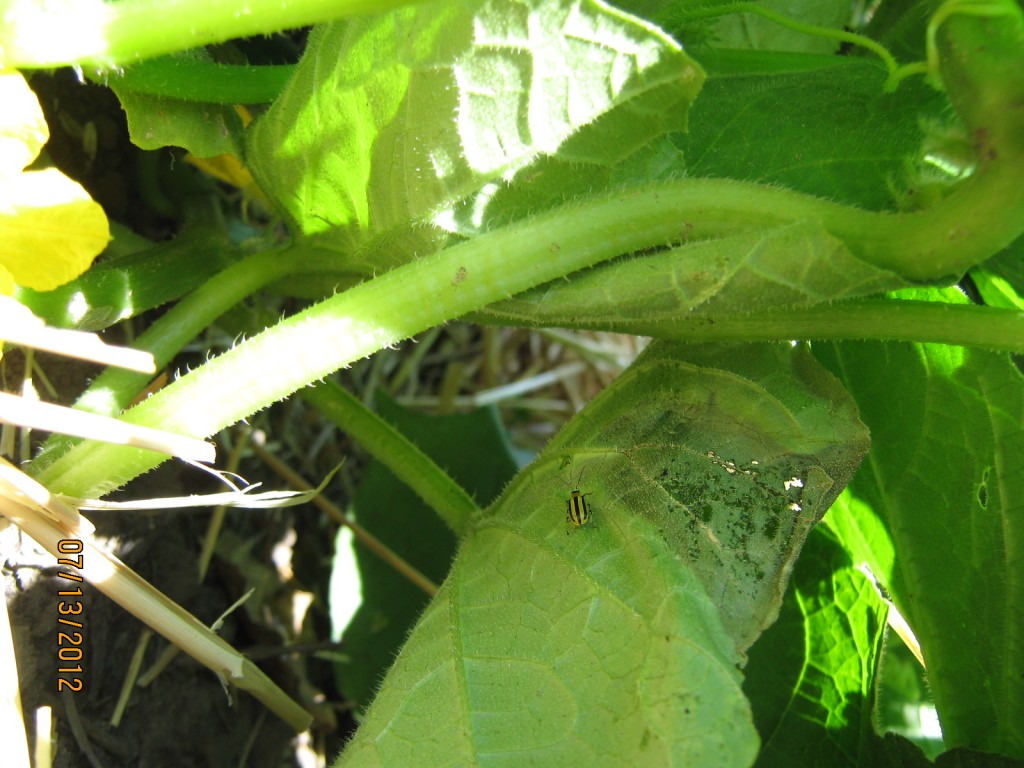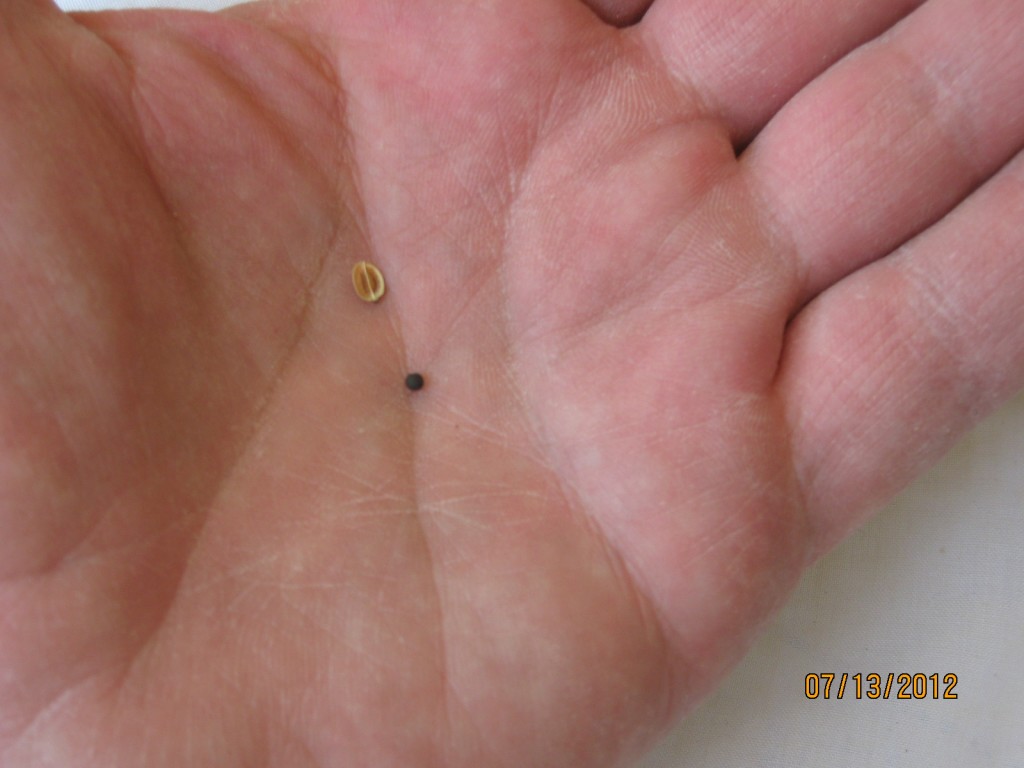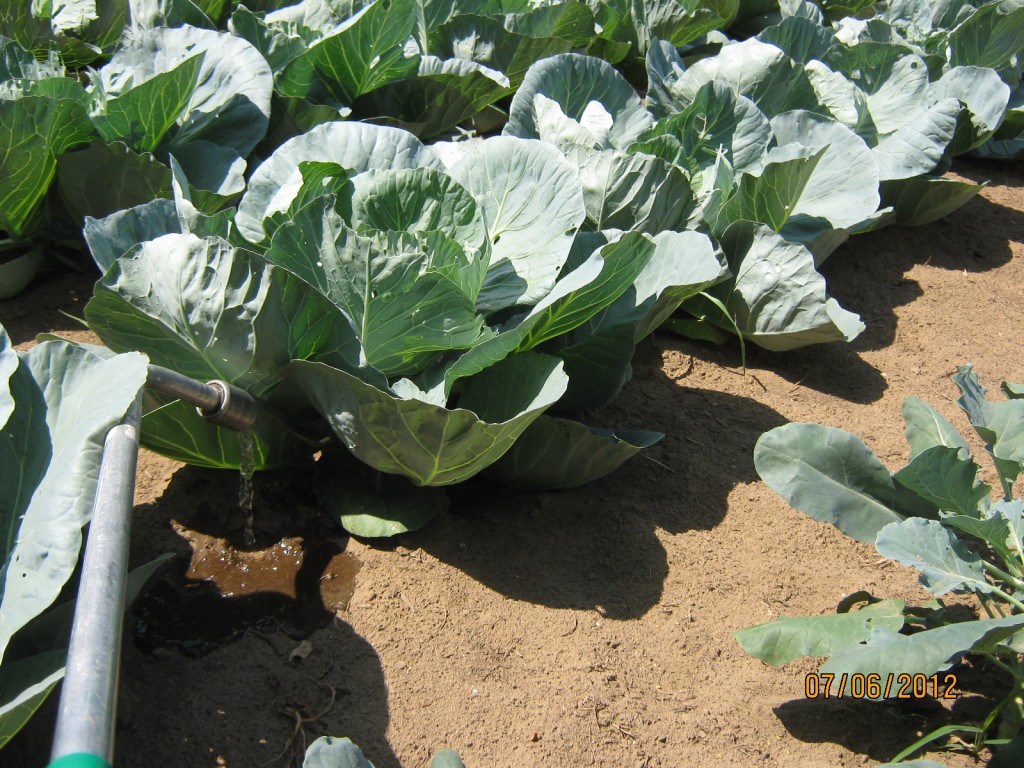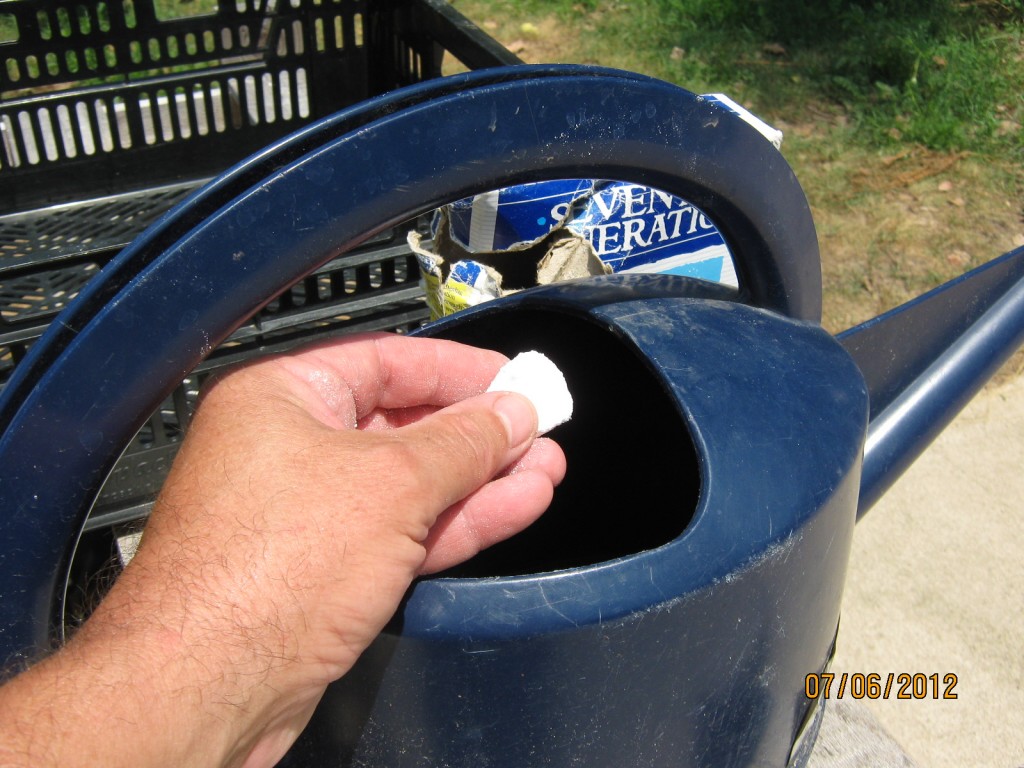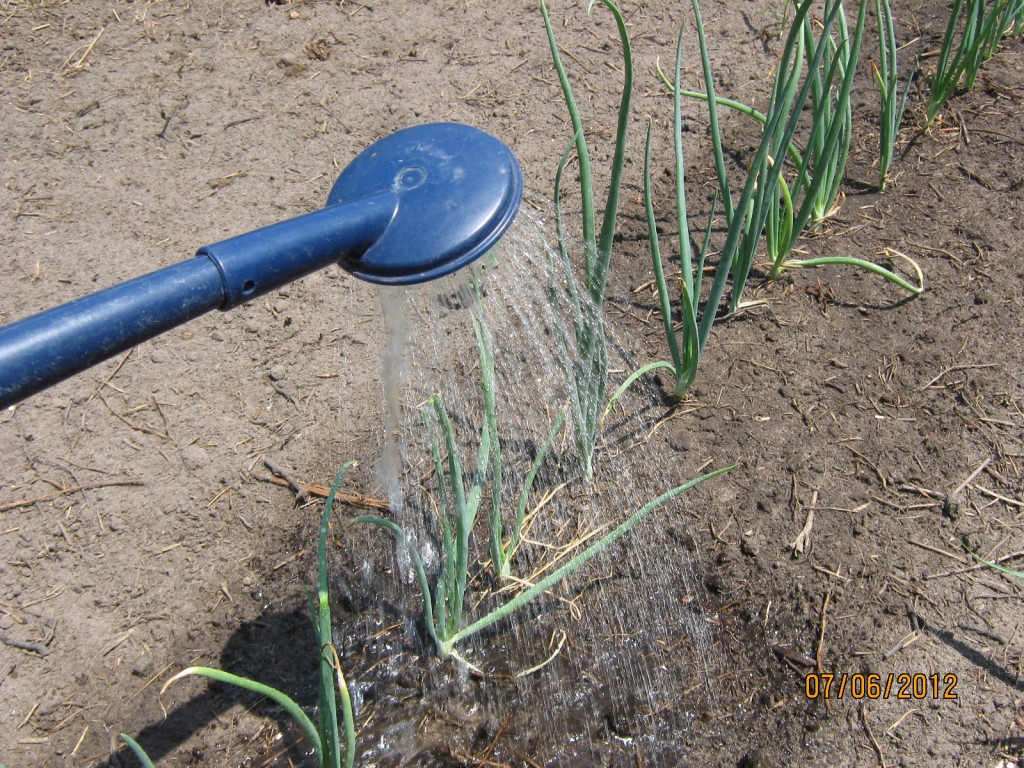A popular event for gardeners is coming up soon. Garden Day 2012 happens August 3 on the campus of Michigan State University.
Organizers have planned a full day for plant lovers. You can choose from twelve very different workshops. These range from medicinal herbs to horticulture therapy; from organic gardening to dividing perennials and several other topics.
While you are there, you’ll get a chance to tour the flower trial gardens. There’s more than enough flowers for even the most experienced gardener to see.

This compact ornamental millet 'Jade Princess', caught my eye when I visited the trial gardens earlier this month.
- This compact ornamental millet ‘Jade Princess’, caught my eye at the trial gardens when I visited earlier this month.
In the morning, keynote speaker Stephanie Cohen, the popular author known as the “Perennial Diva, will talk about herbaceous perennials.
Preparing herbs and using them in your kitchen is the topic for the afternoon keynote talk presented by Jessica Wright and Val Albright.
This is one event gardeners must have on their to-do list for the summer.
Bob
